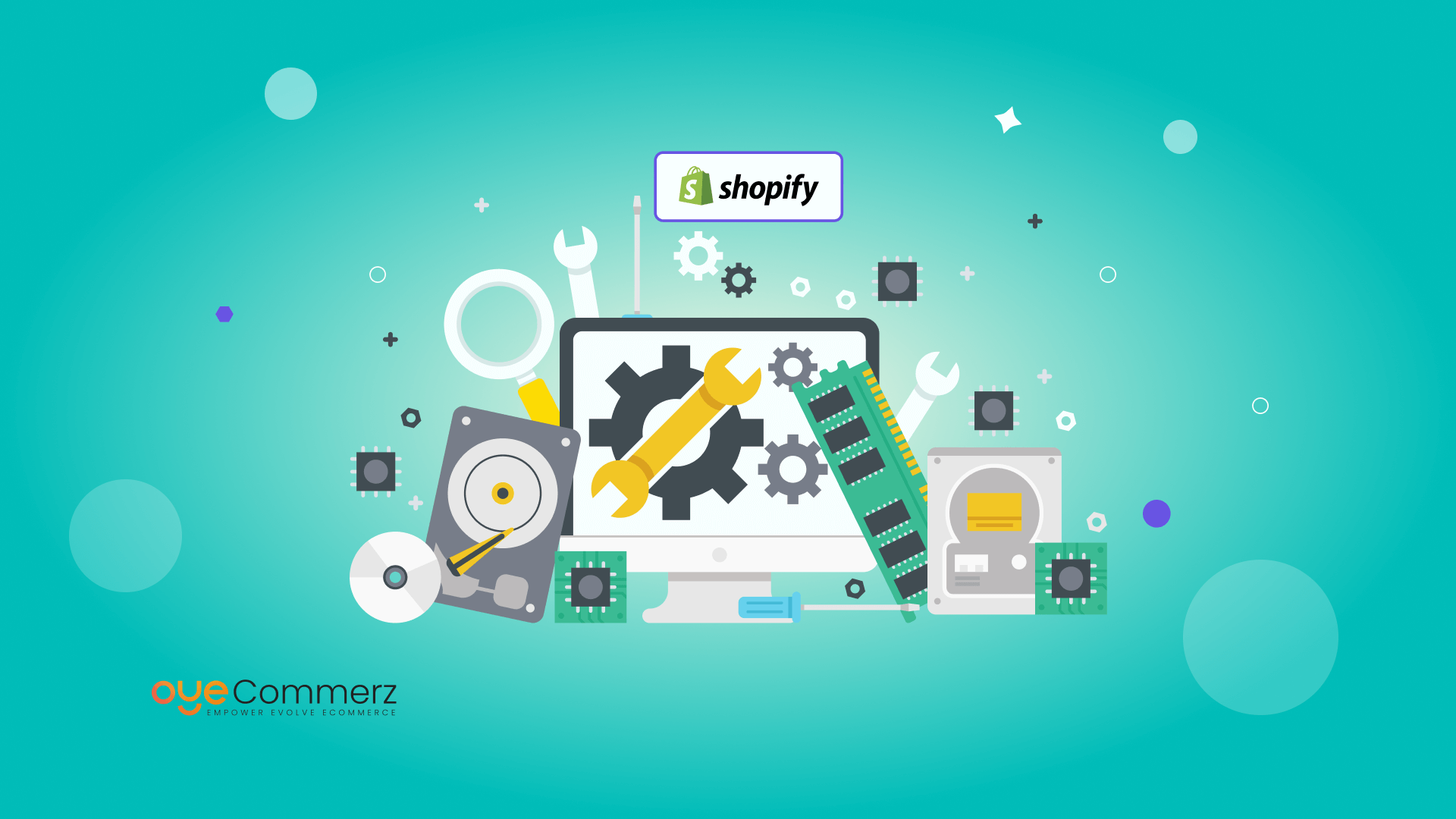
Starting Point
In today's highly competitive e-commerce landscape, Shopify sellers are always searching for ways to maximize sales and streamline their business processes. One powerful approach is through tailored Shopify apps customized to address specific requirements. Connecting with the Shopify API and utilizing resources like the Polaris design system, such applications enable businesses to grow sustainably while boosting user interaction. In this blog, we’ll explore key aspects of Shopify app-building, from design considerations and key components to effective methods for supporting and expanding app capabilities efficiently.
1. Comprehending Shopify API Connection
A strong understanding of Shopify’s API—involving Representational State Transfer and Graph Query Language—is key for creating reliable Shopify apps. With these APIs, programmers can access, change, and handle information within a Shopify store. The Graph Query Language interface offers fast data management, allowing for quicker responses by retrieving only the required elements. Integrating the API permits developers to adapt app capabilities to the company’s unique requirements, offering a smooth customer interaction that enhances operational effectiveness and income.
2. Utilizing the Polaris Design System
Shopify’s Polaris framework enables app creators to build a consistent and intuitive interface across Shopify applications. Polaris gives a set of elements and guidelines that align with Shopify’s visual standards, ensuring apps look native within the Shopify interface. This approach goes beyond enhances natural customer touchpoints but also helps maintain brand consistency, an important aspect in fostering trust with users.
3. Building within the Shopify Application Network
The Shopify app ecosystem is vast, enabling app creators to develop integrated Shopify apps that work within a shop's control interface. Embedded apps optimize the interface by linking directly within Shopify’s interface, eliminating the necessity for separate logins or additional navigation. For creators, employing Node.js for server-side operations and React for the UI has become a preferred approach, as these technologies allow scalable, adaptive programs that provide an high-quality UX.
4. Core Elements for Shopify Applications
A effective Shopify application must have capabilities that address key pain points in the customer shopping experience. Real-time alerts for real-time notifications, custom theme customization options, and multi-platform app features for Shopify sales features are essential elements that can enhance store management and customer engagement. By adding these functions, Shopify apps not only simplify business processes but also enhance the end-user satisfaction.
5. Best Practices for Creating Shopify Apps
When building Shopify applications, it’s essential to adhere to optimal techniques. Support plans such as regular updates, user assistance, and protection protocols are vital for building user trust. Digital marketing for Shopify applications can also be leveraged to enhance app reach and user base. Interaction boosters, like prompt messages and incentive plans, are important for keeping customers and creating a devoted customer base.
6. Scaling Shopify Applications for Growth
As Shopify shops scale, growing app performance becomes vital to accommodate greater usage and performance requirements. Using cloud-based setups and focusing on data management through Graph Query Language can enable applications scale without slowdowns. It’s also necessary to have a strategy for growing the app’s framework to support growth, that involves a checklist for finding a development partner with expertise in Shopify apps.
7. Understanding the Cost of Building Shopify Apps
Building tailored Shopify applications can differ widely in price depending on the features, connections, and unique adjustments required. Essential functions like data connections, user interaction elements, and digital marketing capabilities can add to the investment. However, the revenue benefits is often worthwhile, as these applications can immediately boost profits and optimize workflow.
8. App Maintenance Strategies
Sustaining application performance is as important as developing it. Regular updates to fix bug fixes, improve security, and ensure compatibility with the new Shopify versions are essential. Proactive app maintenance strategies also involve user assistance and feature enhancements that align with evolving e-commerce trends.
9. Resources for Building Shopify Applications
Shopify supplies a variety of resources to simplify the development process, from app development frameworks like JavaScript runtime and React to automated notifications for immediate changes. Resources such as Shopify’s CLI streamline the development workflow, while Shopify App Bridge allows embedded apps to connect easily with Shopify’s control secure Shopify applications panel. Such tools are essential for developing solutions that are both operational and user-friendly.
10. Emerging Trends in Shopify App Development
The future of Shopify application building is bright, with innovations moving towards artificial intelligence capabilities, expanded multi-platform integration, and new application add-ons. As e-commerce develops further, developers will be required to anticipate the changes to build apps that go beyond meet but outperform market demands.
Conclusion
Personalized Shopify software provide a effective way for online stores to scale efficiently, boost sales, and streamline operations. From API integration and the design standards to advanced features and support methods, every component of Shopify app development plays a important role in ensuring a seamless journey for users. As Shopify moves forward, keeping up with emerging directions in app development will help developers make the most of Shopify’s comprehensive offerings, strengthening their standing in the online shopping landscape.